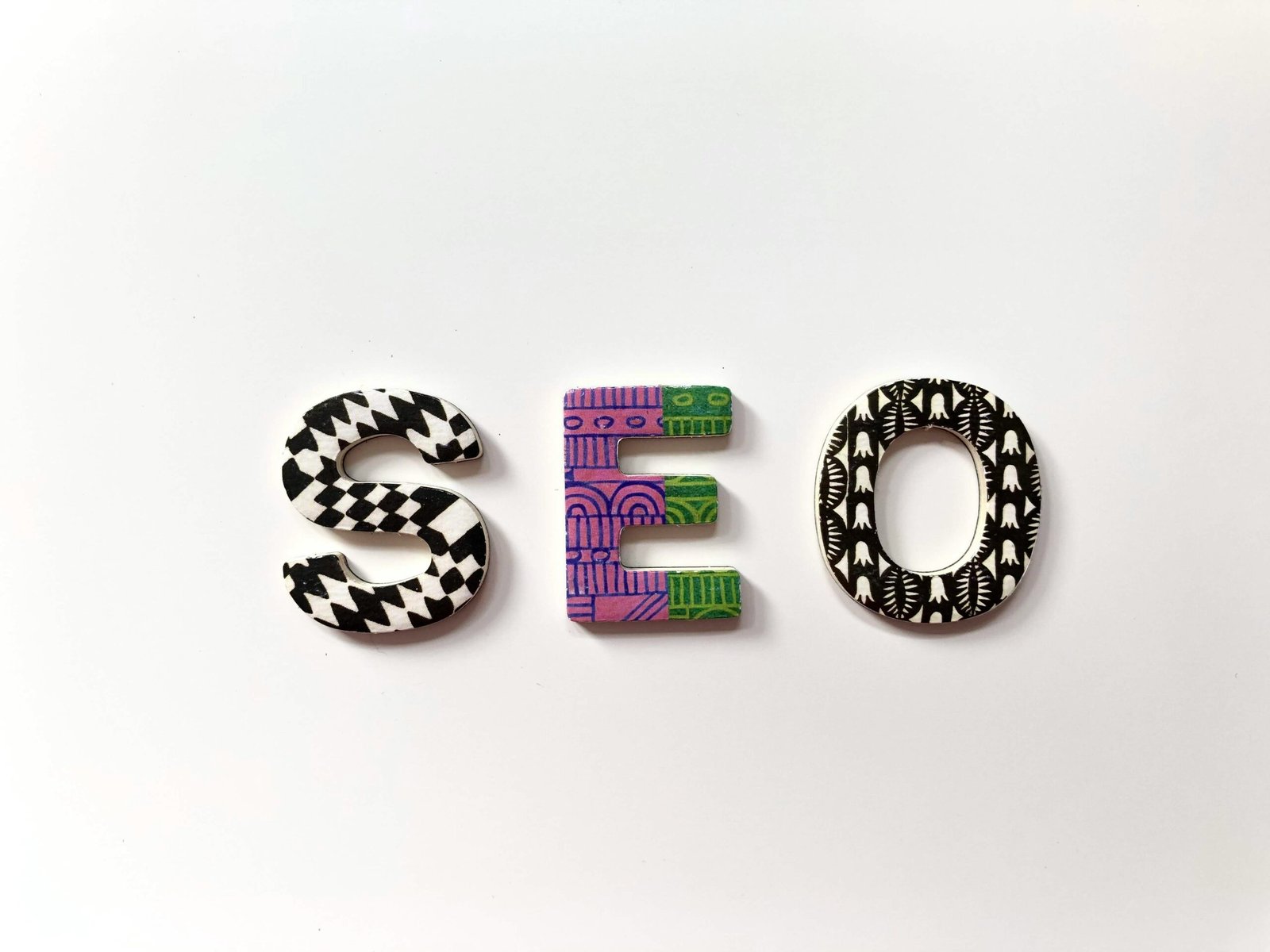
As the architecture, engineering, and construction (AEC) industry evolves, the adoption of cutting-edge technology has become essential for staying competitive. One such technology making waves is 3D residential rendering.
This powerful tool allows builders and designers to visualize their projects in great detail, offering a lifelike representation of the final product before a single brick is laid. More than just a visual aid, 3D rendering enhances every stage of the building process—from design to client presentations to final approvals.
For builders, it allows for accurate planning, better material estimation, and early detection of potential structural issues. On the other hand, designers benefit from having the flexibility to experiment with colors, materials, and layouts, all while receiving real-time feedback.
3D rendering significantly improves client communication by offering them an immersive experience, bridging the gap between technical plans and their vision of the finished project.
In this article, we’ll dive deep into the numerous advantages 3D rendering provides to both builders and designers and why it’s becoming a must-have tool in modern residential construction projects.
What is 3D Residential Rendering?
3D Residential Rendering is the process of creating a realistic or visually appealing three-dimensional representation of a house or residential space using specialized software. This allows homeowners, architects, and builders to see how a home will look before it’s built, from various angles and with accurate details like textures, lighting, and materials.
There are several types of renderings:
Exterior Renderings focus on the outside of the home, showcasing details like the roof, walls, landscape, and lighting.
Interior Renderings highlight the inside of the home, including rooms, furniture, and decor, giving a realistic sense of the space.
3D Floor Plans provide a bird’s-eye view of the house layout, allowing users to see room arrangements and furniture placement in detail.
These renderings are commonly used for:
Virtual Tours, allow potential buyers or clients to explore a home in a digital, walk-through experience.
Presentation Visuals for Marketing, helping real estate agents or developers showcase properties in brochures or websites.
The Benefits for Builders
Builders can benefit greatly from the use of advanced architectural tools, particularly through enhanced communication with clients. Visualizing complex architectural concepts helps bridge the gap between technical drawings and client understanding, ensuring clearer discussions and fewer miscommunications.
3D renderings have a significant impact on marketing and sales. High-quality visuals attract potential buyers, allowing builders to showcase designs in brochures, online platforms, or at exhibitions.
Many builders even pre-sell homes or developments based on these realistic renderings, giving potential clients a vivid preview of the finished product.
Another key advantage lies in streamlining the approval process. When clients can see detailed renderings, they tend to make quicker decisions and obtaining approvals from city planners and stakeholders becomes much smoother.
Beyond communication and marketing, builders also benefit from a reduction in errors and costs. Realistic renderings help identify design flaws before construction begins, minimizing the chances of expensive rework.
This also reduces material wastage, as client expectations are more accurately aligned early in the process, helping to avoid costly last-minute changes during construction.
The Benefits for Designers
Designers benefit significantly from creative visualization, as it allows them to fully express their vision through photorealistic details. They can experiment with various design concepts, colors, materials, and lighting, enabling them to refine their ideas.
This flexibility extends to design revisions, where changes can be quickly implemented based on client feedback. Instead of rebuilding physical models, designers can offer multiple design versions, saving time and resources.
Collaboration with other professionals also improves through the use of realistic visuals. Architects, engineers, and contractors can all view the design outcomes together, enhancing project coordination and ensuring everyone is aligned with the vision.
Efficient client presentations are another major advantage, as designers can offer virtual walk-throughs of the design, helping clients better understand the final result. This reduces the risk of miscommunication or unrealistic expectations, ensuring smoother project execution.
Why 3D Rendering is a Game-Changer for the Residential Market
3D rendering has revolutionized the residential market by transforming how homes are marketed and sold. One of its most significant impacts is on sales cycles, as it allows clients to make faster decisions with greater confidence, especially when purchasing homes off-plan.
With realistic, immersive visualizations, potential buyers can explore every detail of a property before construction even begins, enhancing their trust and satisfaction.
Furthermore, 3D rendering supports sustainability and cost-effectiveness by reducing the need for physical prototypes or models. This not only saves time and resources but also minimizes waste, making the entire process more efficient and eco-friendly.
The End Note
In conclusion, 3D residential rendering has emerged as an indispensable tool for both builders and designers in the modern construction landscape. Its ability to deliver photorealistic visualizations streamlines project planning enhances client communication, and reduces costly errors.
For builders, it facilitates better material estimation, quicker approvals, and more effective marketing, while for designers, it enables creative experimentation and refined client presentations.
Moreover, by bridging the gap between technical drawings and client expectations, 3D rendering accelerates decision-making and boosts overall project efficiency.
As this technology continues to evolve, its adoption will undoubtedly shape the future of residential construction, making projects more sustainable, cost-effective, and client-focused.






